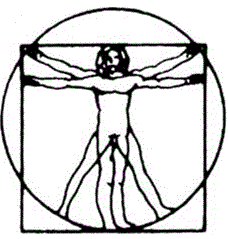Theta Brain Waves
(4 - 7 Hz)

Faster theta wave
frequencies are associated with increased creativity and intuition along with distraction and inability to focus.
As theta frequencies slow, they become more
associated with daydreaming and drowsiness.
Generally, when there is increased theta, increases in alpha and delta are also seen, and this can be compared to trying to drive a car with the parking brake on, in that it is inefficient and moves slowly.
Those experiencing excessive theta wave activity in the frontal areas of the brain may have difficulty with cognitive processing, memory, concentration, impulse control, and emotional control. People with ADHD, head injuries, Tourette’s syndrome, and developmental disabilities tend to have an excess of theta wave activity. Excess theta can also be related to unresolved trauma and disassociation.
Unlike other brain frequencies, theta is considered “global”, and typically appears all over the brain when dominant, or in other words, when the individual is extremely drowsy or drifting off to sleep. Along the same lines, the theta/beta ratio shows the relationship between conscious and subconscious mental processes, and a high ratio shows us that theta brainwaves are dominant – or our access to the subconscious. This correlates with intuitive thinking, internal focus of awareness, and inability to focus on details and conscious processing.
Theta activity is related to a dreamlike, drowsy state
between waking and sleeping. These frequencies are seen in awake children up to the age of 13, however, it is extremely difficult for an adult to reach a slow theta wave state without falling asleep unless he or she is an experienced meditator. Faster theta wave frequencies are associated with creativity and intuition along with increased distraction and inability
to focus.
